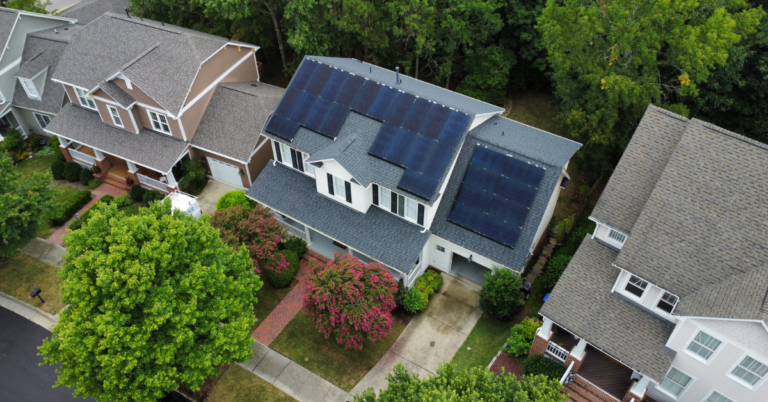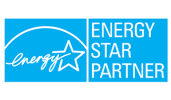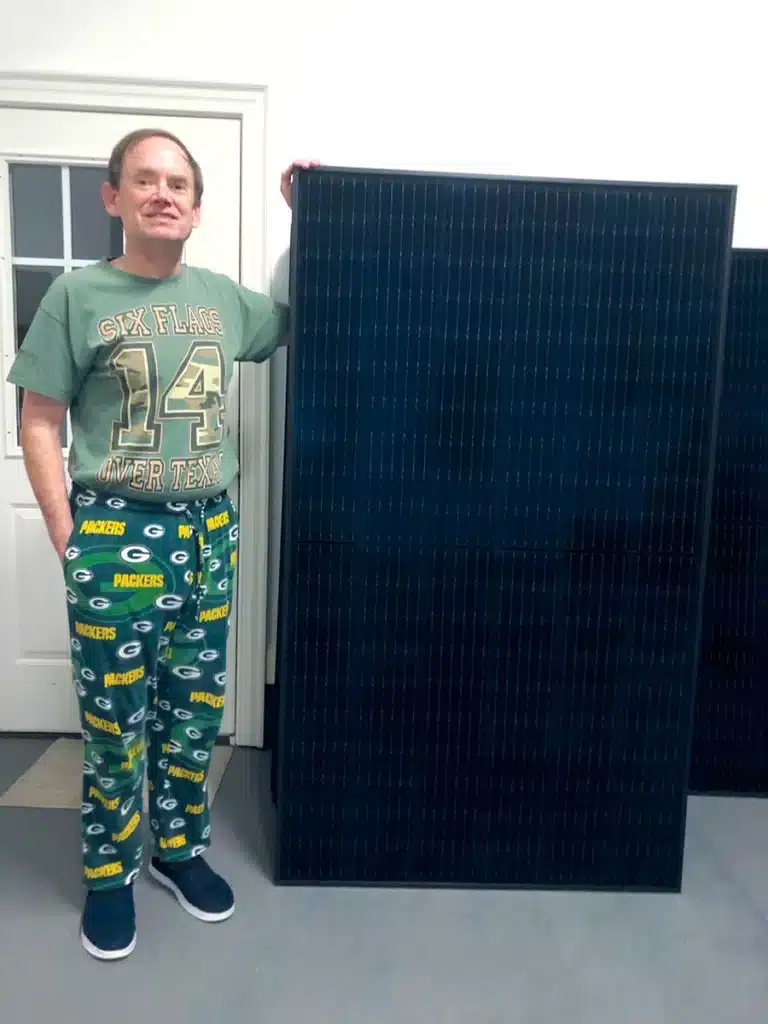
About the Author:
Meet Dennis Walsh!
Dennis describes himself as a “recovering” CPA and volunteer. Alongside his wife, Debbie, they helped start-up Christian ministries and other nonprofits with organizational needs and program development. They have lived in the Lake Jeanette area of Greensboro for 12 years and enjoy traveling along with spending time with their ‘adopted’ grandchildren. As a long-time Wisconsin resident, you’ll find Dennis enjoying the Packers, Bucks, Brewers, and cheese curds when he’s not out on a run or checking on his home’s daily solar production.
Solar Electricity from an Investment Perspective
Article by Dennis Walsh, originally published in the May 2023 edition of Lakeside Living
More than 2 million American homeowners have acquired solar electric systems for a variety of reasons, most often to lower electric bills and help reduce greenhouse gas emissions. These things are important to me as well, but in my case, a measure of energy security ranks high on the list after experiencing a 3-day post-hurricane power outage, yes even here in central North Carolina. And as I began to look closer at solar system costs, the accountant in me became more curious about potential investment Value.
Is Payback a Fallacy?
When I began thinking in earnest about adding a rooftop solar energy system to my Lake Jeanette home, one of the first concerns that came to mind was payback. In other words, looking at cost divided by annual energy savings, how long before I’m above Water?
After gaining a better understanding of the financial attributes of solar energy, I experienced a change in thinking regarding the payback question. It occurred to me that I’ve never heard anyone ask what the payback period will be on a kitchen or bathroom remodeling project or another home improvement. Solar panel performance is generally guaranteed for at least 25 years, the average life of a shingle roof, and longer than most folks typically live in a home or are willing to look at the same kitchen or bathroom fixtures. And top-performing home improvements typically add no more than 60% of cost to home value. I’ll concede that solar panels may not be as aesthetically pleasing to my wife as a new kitchen, but stay with me for a bit.
The System
With guarded interest and after mulling over equipment options and projections for a time, we contracted for a 6.8 kilowatt (kW) photovoltaic system, consisting of 20 roof-mounted panels. We are fortunate to have a southern-facing roof with unhindered sunlight and a 30-degree slope, optimum at our latitude.
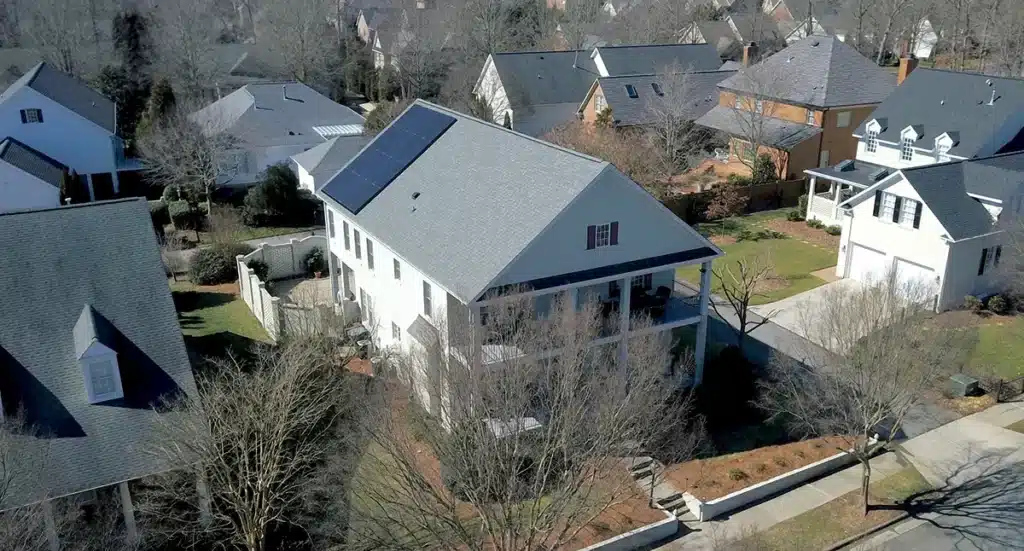
To address my backup concerns, we also acquired a Tesla Powerwall, a lithium-ion battery that stores 13.5 kilowatt hours (kWh), enough energy to keep the refrigerator, lights, and other basic services going through an extended outage. We experienced no interruption when the system switched to battery power during a thunderstorm on the first day it was operational. And there is no noise or fumes from a backup generator to live with.
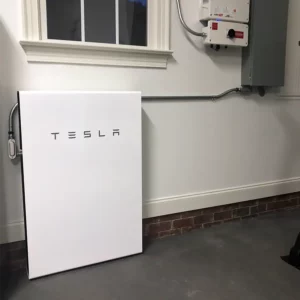
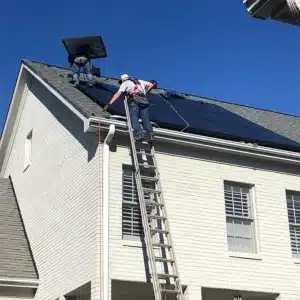
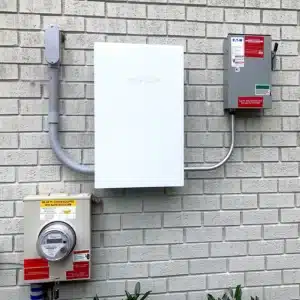
The Tesla gateway is the brains of the system, directing power received from the panels into the home, to recharge the Powerwall as needed, or to send surplus power into the electric grid for a credit on our monthly power bill. Duke Energy credits us at the retail rate per kWh, referred to as “net metering.” In essence, the electric meter runs backward when more power is being produced than consumed, and we draw this surplus back from the grid when the sun isn’t shining.
Our system went online in May 2021, and to date, it has performed flawlessly as promised. Under current net metering, credit for any surplus electricity produced and carried forward from month to month is zeroed-out at the end of May, before peak seasonal demand. This is the only downside I encountered with the project. Nevertheless, with separate upstairs and downstairs HVAC units, for the first full year of operation, we realized an average 60% solar offset over the warm months, resulting in moderated summer electric bills, and a 100% offset for the remaining months of the year.
Property Value
So, is this really an investment or just an expense to be recovered over time followed by a sigh of relief? With so many variables to be considered in real estate valuation, it is challenging for appraisers to accurately separate the additional value that a solar energy system adds to a particular property. Yet, two studies, on this topic, both conducted by entities independent of the renewable energy industry, suggest an average 4% premium paid by buyers of existing homes with solar systems in place.
A study released in 2011 by the National Bureau of Economic Research found that on average home buyers gave a 3.5% premium based on hedonic pricing models and a repeat market index approach. This was based on a large sample of homes in California. And according to a more recent 2018 analysis by Zillow, solar panels raised a home’s average resale value by 4.1% across the US, with the percentage varying significantly in different parts of the country.
Notwithstanding this evidence, however, it is incumbent upon sellers and their agents to be ready to educate uninformed buyers with specific data in order to demonstrate the economic utility of an existing photovoltaic system over its remaining estimated life. An income approach using discounted cash flow would appear to lend itself nicely to such valuation. For aging systems, with the racking gridwork and other infrastructure already in place, a buyer’s replacement costs would normally be limited to that of the panels and inverter alone. This situation is favorable to net present value analysis, covering the remaining and extended life of the system.
Crunching the Numbers
With the federal solar energy tax credit considered, our solar panel system cost was defrayed by 26%. For 2022 and beyond the credit is increased to 30%. Dividing our estimated annual electricity savings by our cost after the credit yields an annual return of 7.7%, equivalent to a pre-tax yield of 9.3%, assuming a modest federal marginal tax rate of 12% and the 4.99% NC tax rate. Adding the cost of the battery backup and related components, which are also eligible for the tax credit, we still realized a favorable yield of 5.1% and 6.2% pre-tax. These returns fare better than the fixed-income assets in our portfolio, and without the added risks associated with market-based investments.
For buyers not in a position to pay cash and concerned about tight cash flow, solar contractors have been creative in designing financing plans with a monthly payment that approximates expected electricity savings and that assumes the owner will pay down the loan as savings from the tax credit are realized.
A Few Caveats
Consider these suggestions:
- Find a well-established solar contractor who lives, eats, and breathes in your geographic region. Be wary of the door-knockers. You may have warranty needs over time.
- Watch for upcoming developments with net metering and the possible introduction of a net metering rate with monthly credit for surplus production based on Duke Energy’s wholesale rate, along with the elimination of the annual reset that results in the loss of unused credit carried forward. In addition, electric rates would be adjusted based on periods of demand during the day. The Tesla Powerwall is ideally suited as the system may be set to switch to battery during high-demand periods. I crunched the numbers and found that I would have fared only slightly worse under the current proposal and this would not have changed my decision to go solar.
- If you are part of a homeowner’s association, check your covenants to determine if there are any restrictions on solar installations or if advance approval is required. North Carolina law is still murky on how far HOAS can go restricting solar, but they cannot impose an outright ban and the law is becoming more solar-friendly. Seek legal advice if necessary.
- Be wary of a “one size fits all” proposal. If the contractor is reluctant to spend time studying your property and past energy needs, this is a red flag. Optimal system sizing is especially important in North Carolina due to the quirky current net metering annual reset.
- Be patient, especially if you will acquire any equipment from Tesla. Also, your local electrical inspector may not be as eager as you to get the system turned on quickly.
The Bottom Line
My proposition is that an appropriately- sized roof-mounted solar system can be a sound long-term investment that, when measured in conjunction with the federal energy credit, adds commensurate value to the property along with a durable tax-free cash flow that is inflation protected against rising electricity rates. The U.S. population is growing, while coal-fired power plants are gradually going offline and nuclear energy expansion is at a standstill. In addition, when paired with environmentally-friendly battery backup, a property owner may be reasonably assured of meeting essential electricity needs for an outage of unlimited duration.
A big thanks to Dennis and Debbi for sharing their solar experience! If you’d like to get started on your solar journey, reach out to schedule a free consult. We’d be happy to answer any of your questions or connect you with someone from our SHINE Tribe (that’s our community of solar customers) to hear from another happy solar homeowner.


